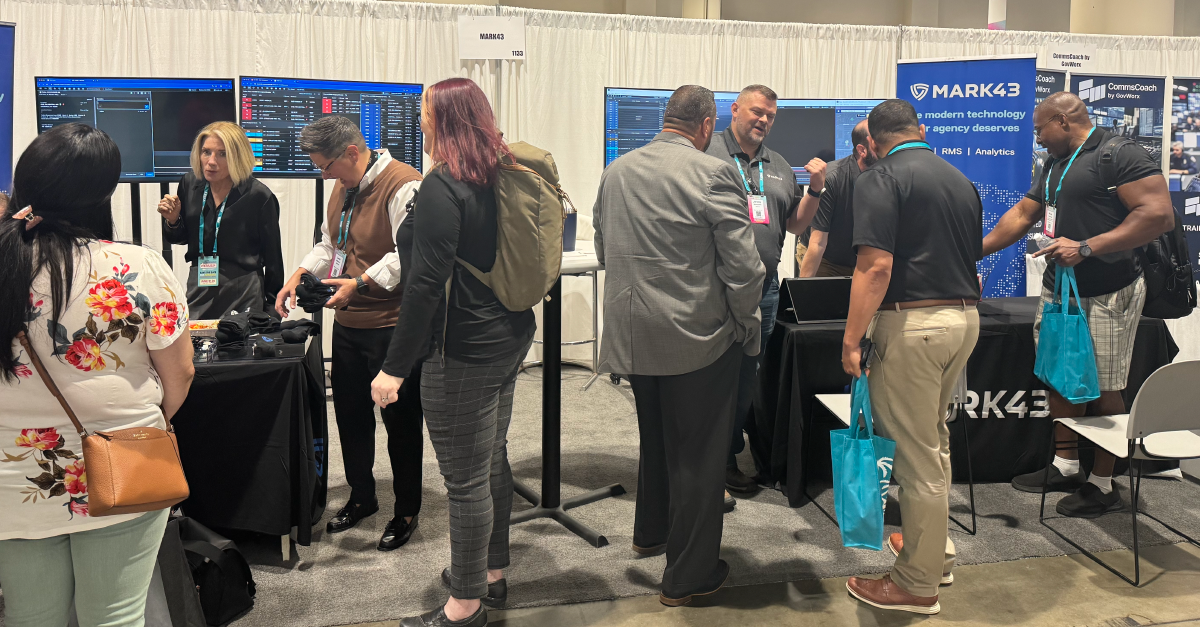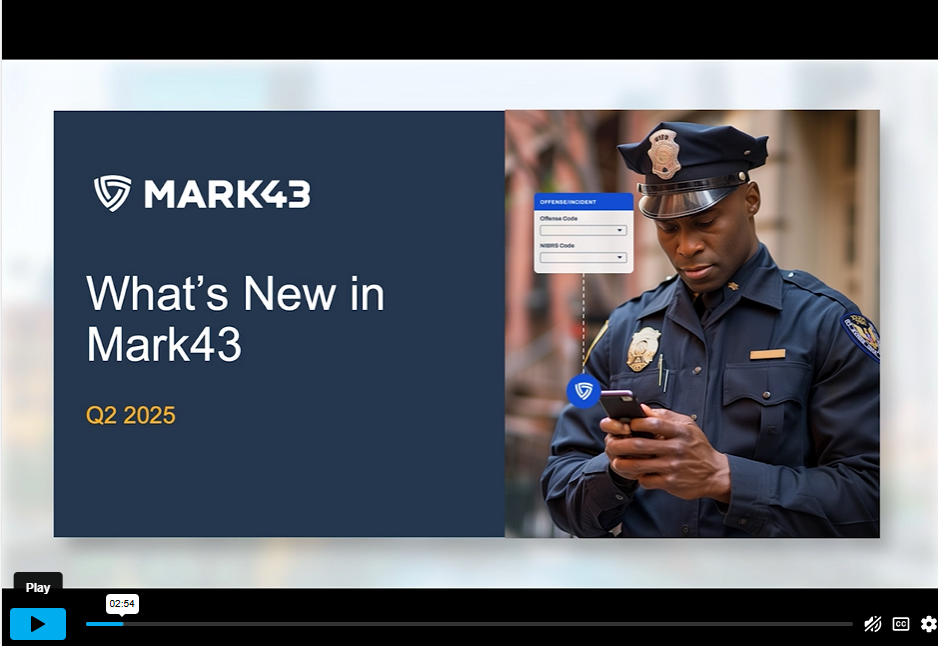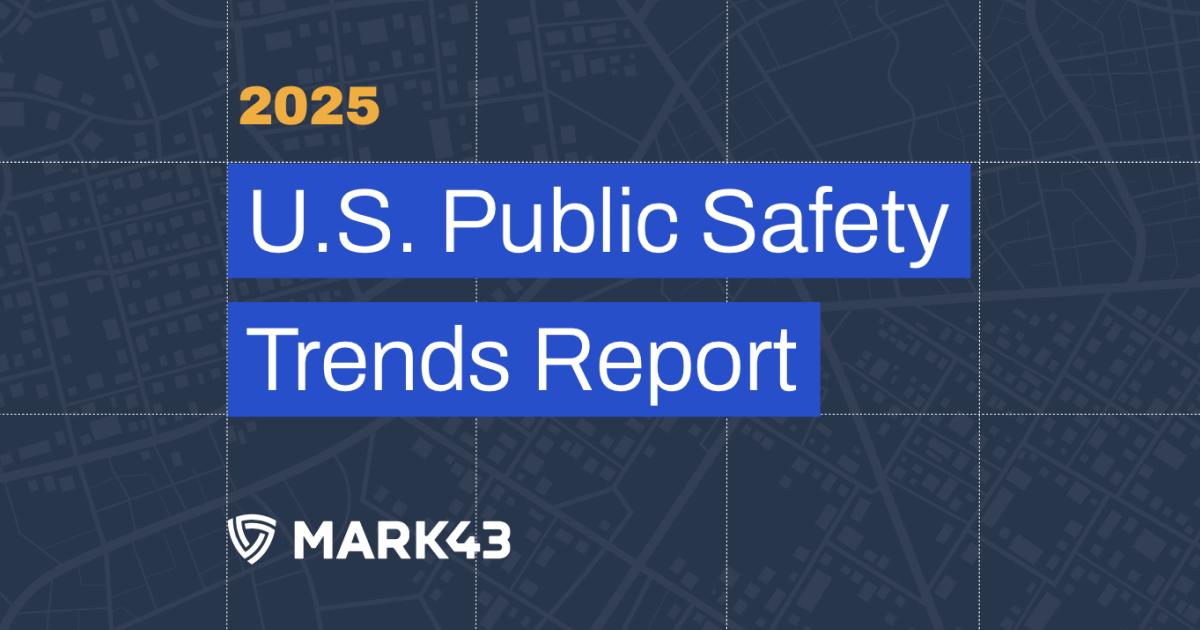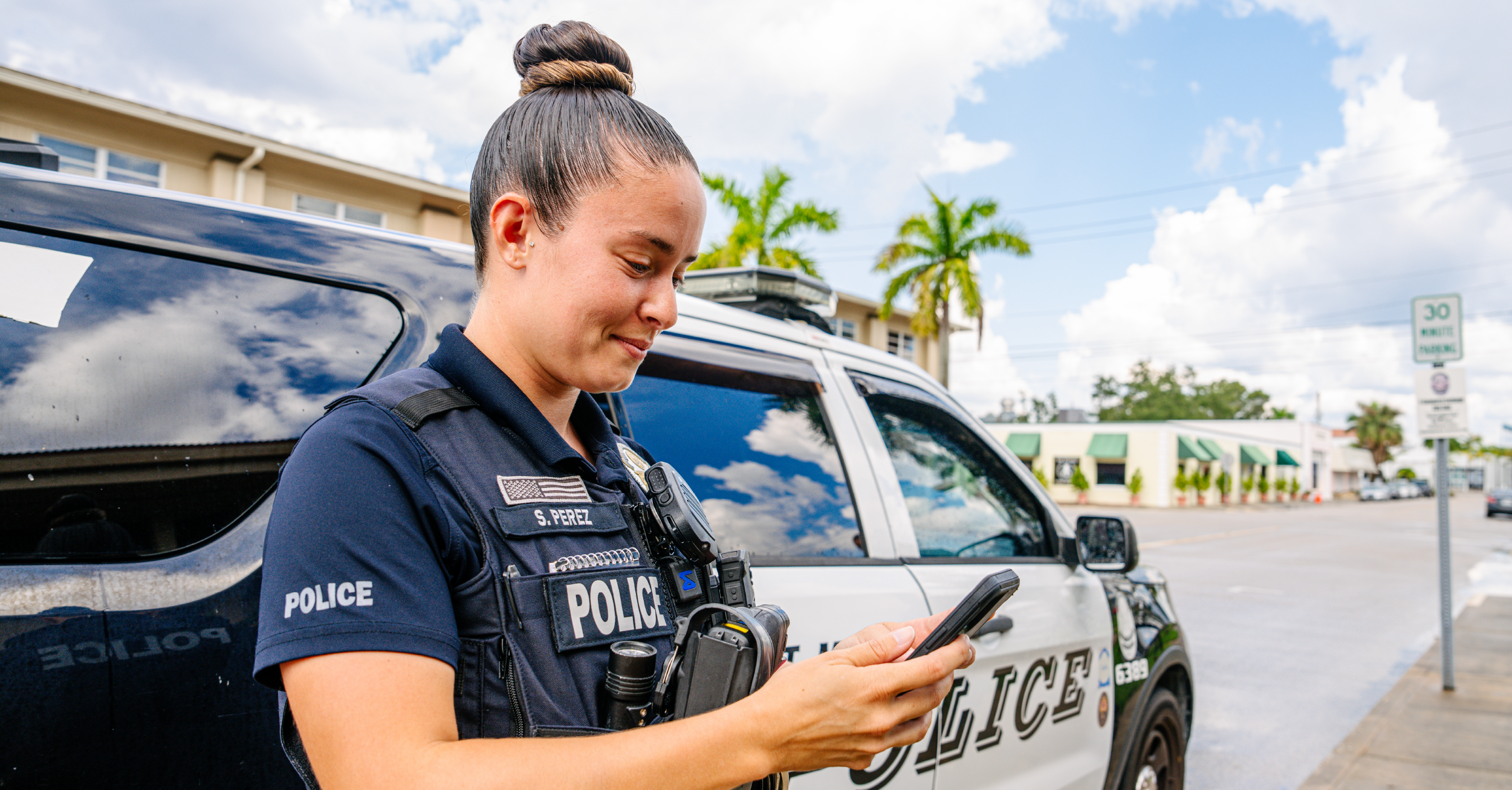
This year’s NENA brought together some of the greatest minds in the 911 community to witness new technologies, discuss the major issues facing public safety, and share solutions implemented around the country. While there were countless lessons learned, here are a few of the top trends we observed:
1. AI is a force multiplier
“Have you seen the gators” was likely the easiest conversation starter at this year’s NENA. “How are you using AI?”, however, may have been a close second. Artificial intelligence (AI), specifically generative AI, is on everyone’s mind in public safety. While there are countless, very real concerns, AI also has the power to significantly improve public safety operations. In a 2023 survey, 77% of U.S. first responders wanted to have their public safety agency use AI.
Used effectively, AI can transform operations and allow agencies to more effectively serve their communities. Here are a few of the AI conversations that came up:
- Streamline workflows: Agencies can leverage powerful tools like AI-powered non-emergency call triage, live audio translation in the case of language barriers, or even AI-enabled training simulators – all of which can help ease the burden on dispatchers and mitigate the impacts of staffing challenges.
- Predictive power: Data is powerful. It can be even more powerful with the right technology. AI can extract valuable insights from data, enabling more effective predictive policing and improved resource allocation. This enhances situational awareness, significantly boosting law enforcement’s ability to respond to emerging situations.
- Enhancing Field Operations: AI can improve field operations by integrating wearable or mobile devices that can enable transcription to narrative functionality or automatic field population.
To safely and efficiently incorporate artificial intelligence into their workflows, agencies should work with vendors that have a track record of successful innovation. That means a robust engineering team, demonstrated success partnering with agencies to develop features (see how Mark43 partnered with Seattle Police Department), and a robust beta testing program — to name only a few key characteristics.
2. Remote operations are increasingly valuable and accessible
Staffing challenges continue to persist across the nation. According to a recent NENA survey, 75% of emergency communications centers (ECC) do not have the budget to increase their workforce, and 82% of centers are having problems filling vacant positions.
These staffing challenges are coupled with increased concerns about the vulnerability of ECCs in disaster-prone areas, like the NENA 2024 conference’s home state, Florida. In a recent survey, 85% of Florida residents believed that agencies need to invest in emergency preparedness tools.
Some agencies have turned to remote operations as a solution. This means allowing dispatchers to work from other locations beyond the primary call-taking center. By introducing this option, ECCs can address some of those staffing and risk concerns:
- Scheduling flexibility: Remote operations allow for more adaptable scheduling and can reduce burnout by providing telecommunicators with the option to work from home or even hiring outside of the jurisdiction for more geo-diverse PSAPs.
- Stand up operations from anywhere: In the case of a hurricane or other disaster event, agencies can continue operations from other locations that may be more secure or less vulnerable.
Stephen Martini, Emergency Communications Director at Nashville Emergency Communications, emphasized the need for disaster preparedness: “A colleague reminded me once that all emergencies are local emergencies, regardless of the scope or scale. In public safety communications, we are constantly preparing for the fourth level of redundancy in an effort to mitigate against any potential impacts.”
NENA has introduced standards to provide suggestions and regulations for ECCs interested in or currently operating virtual PSAPs. Agencies who choose to take advantage of this will need to partner with a vendor who can meet these standards which include an “open-architecture, application-based system” with best-in-class security standards.
3. America’s Rising Mental Health Crisis and Its Toll on the 911 Community
ECCs around the country are facing increased numbers of mental health-related calls. At a time when agencies are already overwhelmed due to rising crime and understaffing, responding to these calls becomes increasingly difficult and burdensome. This year’s NENA introduced some ideas on how to address this:
- 988 Collaboration: Collaboration with 988 through integrating response or improving interoperability has become increasingly important in addressing this mental health crisis. NENA has a working group specifically dedicated to improving 911/988 interactions. NENA’s 2022 interoperability standards include guidelines for communications between 911 and 988, training needs for PSAPs, and when to engage PSAPs versus leveraging 988 resources.
- Alternative Response: Agencies around the country are also investing in alternative response programs. 40% of the 50 largest law enforcement agencies have an alternative response program, and this number is growing. These programs provide telecommunicators with the option to dispatch mental health professionals who are sometimes better equipped than traditional law enforcement to handle non-violent mental health situations.
Mission-critical technologies like CAD are essential for the successful implementation of initiatives like the above. CAD systems must be configurable to meet the specific needs of alternative response programs and integrate seamlessly with other systems.
As agencies consider how to best serve their staff and their communities, technology — especially computer-aided dispatch systems — will play a critical role in helping enable a safer and happier future.
Mark43 can help your agency craft that future. Mark43 uniquely provides a battle-tested cloud-native CAD – as noted in a NENA presentation, connectivity not power will be what drives CAD operations moving forward. We are constantly innovating by working with our customers, including in AI. Agencies around the country have successfully spun up remote dispatching operations with our CAD. Alternative response programs in cities like Albuquerque have trusted us to partner with them.
Across the board, Mark43 has made it our business to partner with you to help solve your problems. Want to learn more about the power of a cloud-native CAD? Fill out the form HERE to connect with a Mark43 representative for a personalized demo.








